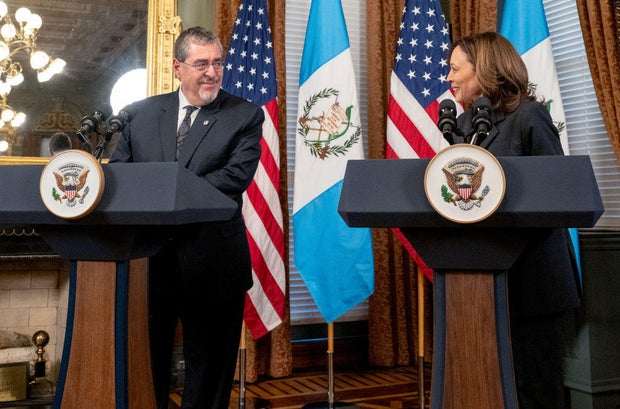Getty Images
It’s never a bad idea to spend some time reviewing your investments. And with inflation still persistent, if significantly cooled, and interest rates stuck at their highest point in decades, now is as good a time as any to take a closer look at where your money is invested. While stocks and bonds can be smart to have, particularly after recent stock market performance levels, they’re not the only investment to consider this spring.
In recent years, investors have also turned to gold. Investing in the precious metal hit an 11-year high last September and the price of the precious metal has broken multiple records in the last year. As March concludes and with a new inflation report and Federal Reserve meeting on the books for April, many may be wondering if now is still a good time to invest in the yellow metal.
Fortunately, for many investors, it still can be. Below, we’ll detail three reasons you should invest in gold this April.
Ready to get started? Explore your top gold investing options online here now.
3 big reasons to invest in gold this April
Here are three timely reasons to invest in gold now.
Inflation is still persistent
Sure, inflation has dropped dramatically from a decades-high in June 2022, but it’s still growing, just at a slower pace. February saw inflation up 3.2% year-over-year. That’s up from January and more than a point above the Federal Reserve’s target 2% goal. Against this backdrop — and with no one knowing for sure when inflation will be under control — it makes sense to invest in gold for April.
Gold often acts as an inflation hedge by maintaining and potentially even growing in value when other assets look shaky and the value of the dollar erodes. It’s not always a direct correlation, but when inflation is persistent, as it has been for much of the past two years, gold often performs well. So now can still be a beneficial time to get invested.
Learn more about the benefits of investing in gold here.
Gold prices are elevated
The price of gold has already hit record highs twice this month, underlining the interest and potential benefits investors can secure with the precious metal. And that price could go even higher in April and the months that follow.
It makes sense, then, to buy in now before the price becomes out of reach. By doing so, investors will get the portfolio protection gold provides right away while also opening the possibility to sell the precious metal at a quick profit (a rarity for an asset that’s not known for rapid income production).
There will be other needs
Even if inflation is brought under total control, there will be other immediate circumstances in which holding gold in one’s portfolio will be beneficial. Geopolitical turmoil is high and that often results in a demand for gold and a price increase that follows.
An election year in the United States can also contribute to short-term economic uncertainty and the high interest rate environment can have an influence, too. Plus, inflation is cyclical, so it will return at some point in the future. But if investors get started with gold in April, they’ll be better prepared to cope with it when it does.
The bottom line
There are always preferential times to invest in certain assets. Gold has been experiencing one of those swings in momentum in recent months and years and it’s unlikely to adjust dramatically next month. Because inflation is still persistent, prices are high and other economic indicators are still unknown, it can be smart to invest in gold this April. Just make sure to weigh the pros and cons of the precious metal against your broader financial goals to improve your chances of investing success.




